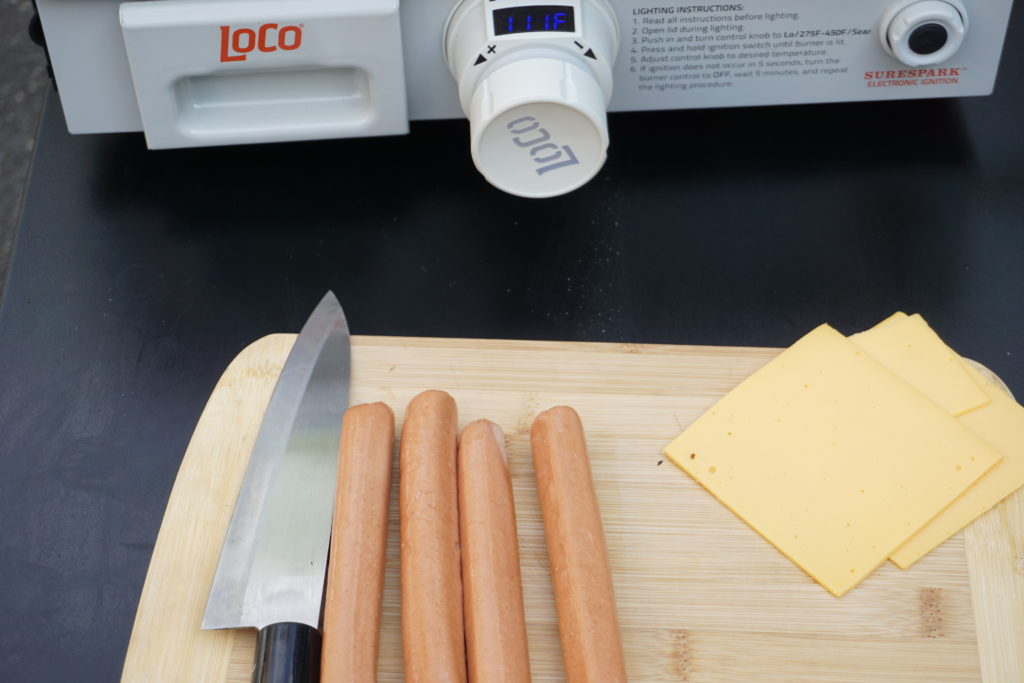Hotdogs are called glizzys because they are made of beef, pork, and veal.
In the late 1800s, German immigrants living in New York City would often have a dish of fried sausage. The dish was called a “frankfurter” or “wiener”.
The frankfurters were boiled in water to give them a hot dog shape and then they were served on buns with chili sauce and onions.











Stuffed Glizzys
Ingredients
- 4 hotdogs Hotdogs
- 4 buns Hotdog Buns
- ¼ tbsp Salt
- ¼ tbsp Pepper
- ½ pound Ground Beef
- Ketchup, Mustard, Relish
- Pickles
- Lettuce
- American Cheese
Instructions
This super easy stuffed hotdog recipe will take your glizzys to the next level
- Start by slicing a hole in your hotdogs length wise
- Stuffed each dog with ground beef or pork
- Season with salt and pepper
- Throw on the grill until ground beef is fully cooked. Around 10 minutes total
- Flip over around the 5 minute mark and add some cheese
- Close the lid of your griddle for 2 minutes or until cheese it fully melted
- Toast your buns
- Assemble your dogs by adding lettuce, hotdog, pickles and top with your favorite condiment
- Enjoy 🙂


This definition is all kids of wrong